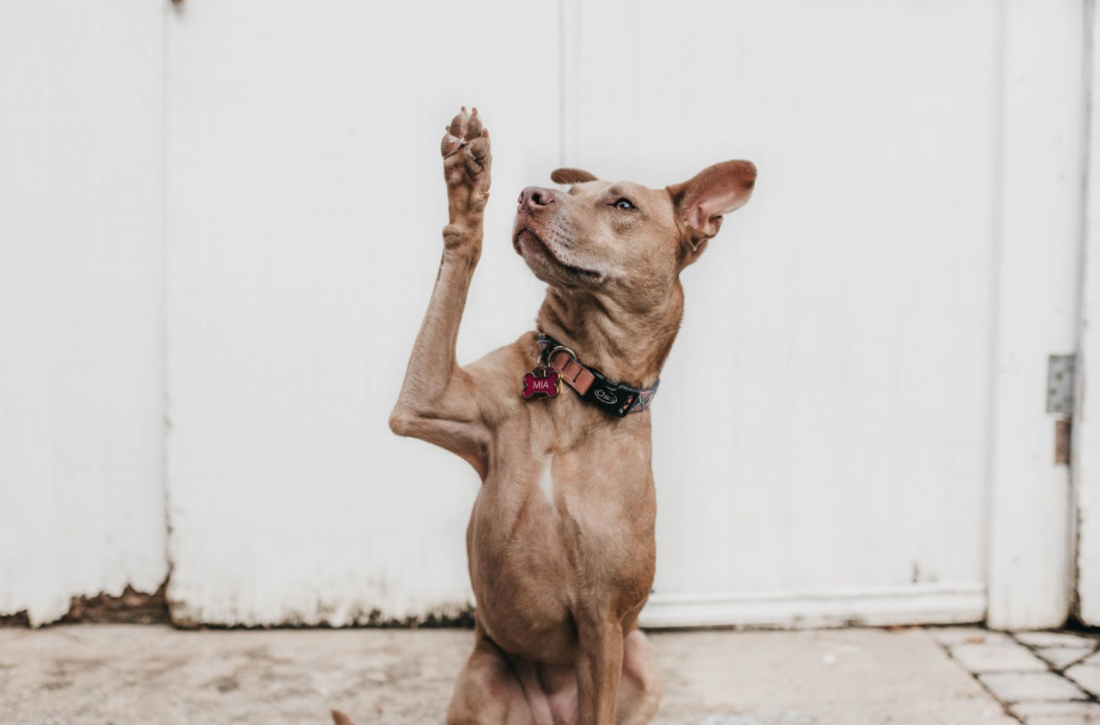Cute or Concerning? Dog Behaviors You Should Watch For

Our dogs do a lot of things. Even though they don’t speak the same language we do, most of the time we know how they’re feeling or what they want to communicate.
Some behaviors are normal, some make our hearts melt, and others should be stopped immediately.
In rare cases, some concerning behaviors may be confused with cute ones. When you become a dog owner, you should be mindful of how your dog acts.
How can you tell which behaviors are actually concerning? Here are the ones you should watch for.
Clinginess
We love our furry friends. When they cuddle close, we feel warm and fuzzy.
While we want our dogs to be loyal and bond with us, normal healthy dogs maintain their independence, no matter how much it loves you. If your dog is troubled by short periods of separation from you, this could be concerning.
A clingy dog’s behavior can be rooted in three basic areas:
- Your dog may have great anxiety about being left alone.
- Various illnesses may cause the dog to seek comfort from your companionship.
- Female dogs about to be in heat may tend to stick closer to owners.
What to Do
If you suspect your dog is suffering from separation anxiety, you should have your dog evaluated by a veterinarian, as similar symptoms can be exhibited by dogs suffering from physical disorders. Illness is a further cause for concern.
You can decrease the emotional energy surrounding your arrivals and departures, hire a pet sitter, take your dog to work, give your dog treats that encourage relaxation or enroll your dog in daycare for dogs.
One of the easiest ways to decrease the stress underlying separation anxiety is to make sure your dog gets enough daily exercise, around 2 hours per day.
When you’re ready to head outside, make sure you bring the proper equipment. Our harnesses can fit a variety of dogs. They’re safer than just a collar and prevent pulling.
Squinting Or Blinking
It might look like your dog is smiling with its eyes or winking at you, but too much of either could mean that something is wrong with your dog’s eye(s).
Your dog could have blepharospasm, which is most often an indication of some eye discomfort or pain. A dog may squint or close one eye repeatedly in addition to the involuntary, rapid blinking that is seen with an eye twitch.
Some of the causes include:
- Corneal ulcer: An erosion of the surface of the cornea and is a very painful condition.
- Entropion: Occurs with the eyelids rolling inward.
- Foreign body: Tiny things like dirt, grass, hair, and other objects have entered your dog’s eye.
- Ectopic cilium: Eyelashes that grow on the inside of the eyelids.
- And other conditions.
If your dog is blinking or winking too much, it might be time to head to the vet to see what’s up.
Head Tilt
You know the head tilt. Everyone knows the head tilt. It’s one of the most precious things dogs do and makes for an adorable pose for pictures.
But did you know that head tilting can also be an indication of something more serious?
A consistent head tilt that is not associated with your dog trying to understand a sound may indicate a medical problem.
When You Should Be Concerned About the Head Tilt
Infections of the external ear canal caused by bacteria or yeast may cause pain, itching, and the occasional head tilt. Middle ear infections are more serious and are often accompanied by a more persistent head tilt. Holding the head to the side may also indicate a neurological problem such as vestibular disease.
If a dog cocks its head when there are no sounds that can cause it, schedule an appointment with your veterinarian.
If left untreated, an infection can have long-term effects.
Begging
Wanting a little morsel of food might seem cute, but begging is a bad habit.
Begging can lead to digestive problems and obesity.
We know it’s hard to resist giving a treat “just once,” but it creates a long-term problem. When you teach that begging is okay, your dog will keep coming back for more.
How to Discourage Begging
Ultimately, the best way to discourage begging is to never feed your dog from the table so it doesn’t start.
If you want to discourage further begging, here are some things you can do:
- Before you sit down to eat, tell your dog to go to its bed, room, or wherever so that it cannot stare at you. If it behaves, give it a special treat only after you and your family are completely finished eating.
- Use a baby gate to keep your dog away from you while you eat your meals.
- Crate your dog during meal times and provide them with a toy to keep them occupied.
- Schedule your dog’s meal times to coincide with yours.
- Try not to yell at your dog when they beg. Rather, redirect the behavior and reward the desired results.
What Else Should You be Concerned About?
You should always take your vet for regular checkups to ensure that they are healthy because dogs can have conditions you are unaware of – yet.
While the examples above can cause concern, many times a dog’s cute behavior is really just its cute dogness.
For more doggie photos and pup-related fun, follow us on Instagram at @joyrideharness. And for a more detailed blog post about finding the best size dog harness for your pup, check out this blog post!
Thank you to Dian C. for sharing the photo of 2 goldens and 1 collie on a walk of our harnesses!



























